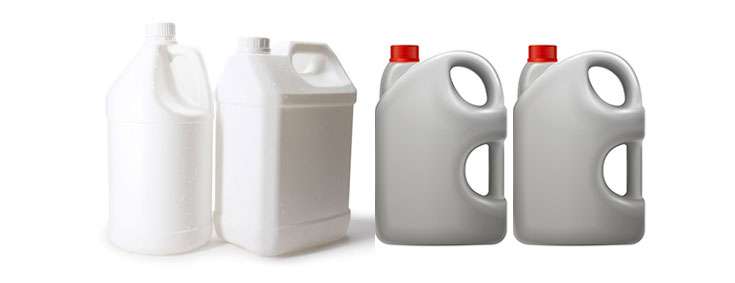Detergents consist of surfactants. These have a strong effect and even a bleaching effect.
In addition, chemicals contained in detergents react to the environment such as floors, containers and clothing. It is important that the packaging of detergents is not weak, as this will affect it and have its consequences.
When the packaging material (bottles) of detergents is weak, various chemical reactions can occur. This will lead to the cause of new chemicals that affect the effectiveness of the detergent. Bad smells and leaks also occur when there is no suitable bottle used for the detergents
Packaging detergents with plastic bottles
It is recommended to pack detergents with high density polyethylene (HDPE). These HDPE bottles offer strong protection for detergents and do not react with the chemicals present in a detergent.
This keeps the product in the plastic bottle for longer. In addition, plastic bottles have an excellent protective effect against environmental factors such as moisture and sunlight.
The detergent is therefore not affected by these environmental factors when a plastic bottle is used as packaging.
Other advantages of using HDPE bottles is the fact that these packages are low in cost.
Plastic bottles are relatively cheaper than metal or glass containers. In addition, transport and storage costs are saved as these bottles can easily be stacked on top of each other.
These bottles can also be produced in the desired sizes ranging from 1 litre to 10 litre jerry cans for the storage of detergents.
HDPE is one of the most widely used plastics worldwide. It is a sustainable plastic that is fully recyclable. In addition, HDPE has a long lifespan and the environment is burdened as little as possible during its production.
HDPE is produced with a high density. In concrete terms, this means the following:
- Good stiffness
- Excellent hardness
- Better strength
- Wear resistance
- Eco friendly
Production of Polyethylene (PE)
Polyethylene (PE) consists of hydrocarbon ethylene that is formed by polymerization. Its action is the formation of similar ethylene molecules that are linked together to form one long chain.
Thus, each individual molecule consists of a monomer and the chain of identical molecules contains a polymer.
It can be stated that polyethylene is flexible, but also consists to some extent of a tough material. This material is composed of a semi-crystalline plastic.
Thus, the polyethylene consists of connected islands of ordered crystalline structures and disordered amorphous structures.
The composition of the material can be manipulated by heating and cooling. As a result, PE in the liquid state can be easily melded into the desired shape.
This also makes it a simple process to produce different formats of HDPE bottles. In addition, various objects are produced from PE. Including pipes (water pipes), caps and other closures for bottles, waste containers and much more.
Technical properties HDPE:
- Flexural strength: 24 MPa
- Tensile strength: 22 MPa
- Modulus of elasticity: 2000 MPa
- Density: 0.96 g/cm3
- Elongation at break: 600%
- Bending modules 900 MPa
It can be said that HDPE plastic bottles are the most suitable for the storage of detergents due to the excellent properties and durable quality.
In addition, HDPE bottles bring several advantages and the environment is burdened as little as possible during their production. As a result, it can be said that HDPE bottles contribute to reducing the ecological footprint.



